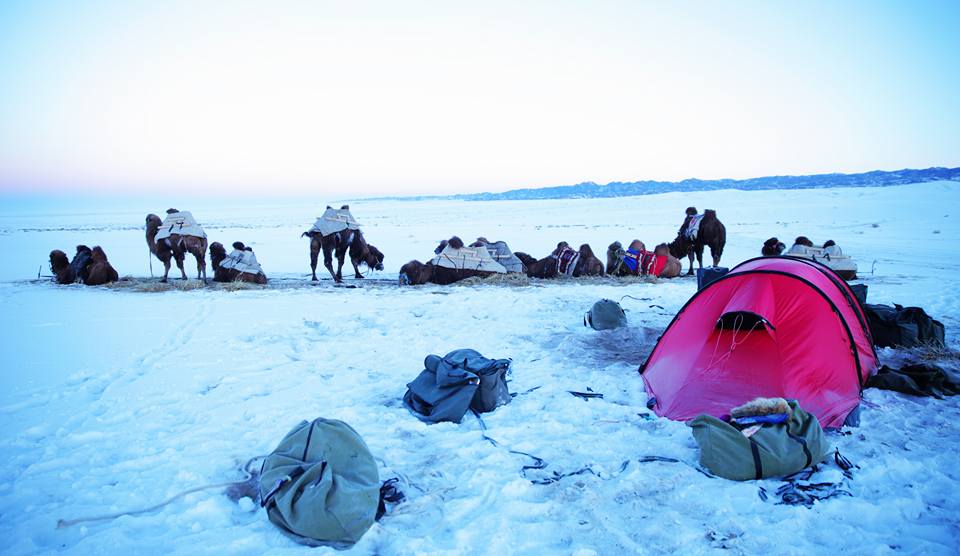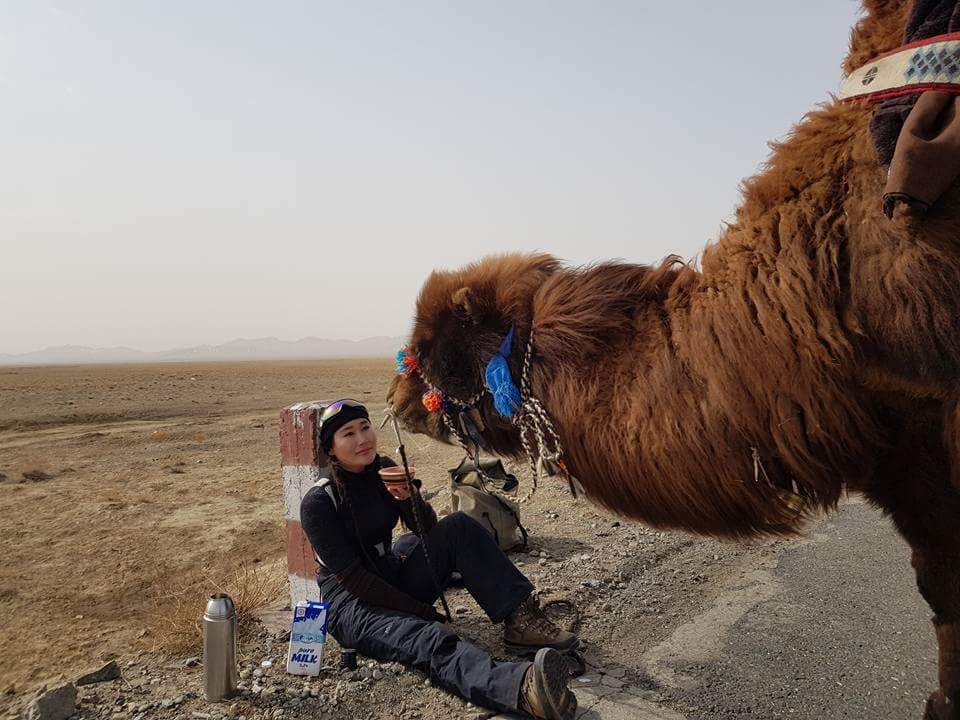Një zbulim i pazakontë po nxisë habinë nëpër korridoret e historisë, ku një fshat i lashtë, që shkon përgjatë 8000-9000 vjetëve mbrapa në kohë, dëshmon për qytetërimin e hershëm, jo vetëm ilirik, por edhe europian. Por, ndërkohë që Europa mbledh shpresat për të zbuluar më shumë për këtë periudhë të hershme të civilizimit, realiteti në Shqipëri është më i hidhur se sa epoka e lashtë që po përcjellim.
Pas një vizite në terren, pamjet që vijnë përpara janë mjaftë shqetësuese. Banjat e fshatit derdhen në lumenj të gjallë letrat higjenike në liqen, ndërsa zbulimi historik që është një thesar i kulturës europiane po përballet me përplasje të pakëndshme nga aktiviteti i njerëzve.
Kjo është vetëm një nga shumë shembujt e mungesës së përkujdesjes dhe respektit ndaj trashëgimisë historike që ndeshemi në Shqipëri. Në një vend me një trashëgimi të tillë të pasur kulturore dhe historike, është e papranueshme të shohim që kjo pasuri të trajtohet me këtë mungesë përgjegjësie.
Ka ardhur koha që qeveria shqiptare të marrë masa konkrete dhe të vendosë trashëgiminë historike në qendër të agjendës së saj:
- Legjislacioni dhe Zbatimi i Ligjit: Miratimi i ligjeve dhe rregulloreve për mbrojtjen e trashëgimisë historike dhe zbatimi i tyre në praktikë është hapi i parë që duhet të ndërmerret.
- Investime në Restaurim dhe Mbrojtje: Qeveria duhet të investojë seriozisht në projekte restaurimi dhe mbrojtjeje të zonave të rëndësishme historike për të siguruar që ato të mbijetojnë dhe të transmetohen në breza.
- Ndërgjegjësim dhe Edukim: Programet arsimore dhe fushatat ndërgjegjësuese janë thelbësore për të rritur ndërgjegjësimin për rëndësinë e trashëgimisë historike dhe për të kultivuar ndjenjën e përgjegjësisë ndaj saj.
- Bashkëpunimi Ndërkombëtar: Bashkëpunimi me organizata dhe partnerë ndërkombëtarë është gjithashtu i rëndësishëm për të siguruar mbështetje financiare dhe teknike për projektet e mbrojtjes së trashëgimisë historike.
Nëse nuk ndërmerren veprime të menjëhershme dhe të vendosura, ne rrezikojmë të humbasim jo vetëm një pasuri të çmuar kulturore, por edhe një pjesë të identitetit tonë kombëtar. Është koha që gjaku i të parëve tanë të përdoret për të kultivuar krenarinë për trashëgiminë tonë, jo për të lejuar që ajo të shkatërrohet nga mungesa e përkujdesjes dhe mospërfilljes së autoriteteve tona.
Në një vend të tillë të begatë me pasuri natyrore dhe kulturore si Shqipëria, është e zymtë që trashëgimia jonë historike të mbetet e papërkujdesur dhe e braktisur. Toka jonë, deti, lumenjtë, liqenet dhe historia jonë e lashtë na japin një identitet të thellë dhe një trashëgimi të çmuar që duhet të mbrohet dhe të përhapet për brezat e ardhshëm.
Por, ndërkohë që kemi të gjitha këto pasuri përreth nesh, përballimi me një qeveri që shpesh herë duket e paaftë për të mbrojtur dhe për të promovuar këtë trashëgimi bën që thirrja për ndryshim të jetë më e thellë dhe më e fortë se kurrë më parë.
Oh Shqipëri, vend i lavdishëm dhe me histori të gjatë, ka ardhur koha që ne, brezat e sotëm, të ndërtojmë një rrugë të re drejt kujdesjes dhe mbrojtjes së trashëgimisë sonë. Gjaku i të parëve tanë për këtë flamur ende nuk është tharë, por ai po rrezikon të bjerë në tokë nëse nuk veprojmë tani. Është koha që të ndërtojmë një shoqëri të përgjegjshme dhe të vendosim trashëgiminë tonë historike në piedestal, duke e kthyer atë në një burim krenarie dhe frymëzimi për të gjithë ne.
Nuk ka më kohë për t’u dëshpëruar, por ka kohë për t’u ngritur dhe për të vepruar. Le të bashkohemi së bashku për të ruajtur dhe për të lavdëruar atë që është e jona, për të jetuar dhe për të frymëzuar nën hijen e flamurit tonë të shenjtë. Le të japim një premtim të ri për Shqipërinë tonë, për të qenë krenarë për trashëgiminë tonë dhe për të lënë një trashëgimi të vërtetë për brezat e ardhshëm. Sepse vetëm duke e ndriçuar të kaluarën, mund të ndërtojmë një të ardhme më të ndritur për të gjithë.









































